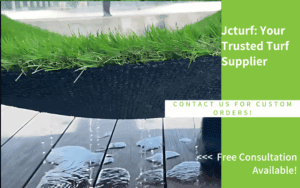
How Long Artificial Grass Takes to Dry After Rain Explained
Find out how long it takes for artificial turf to dry after rain, what impacts drying time and how to keep your lawn usable even in wet weather.

Find out how long it takes for artificial turf to dry after rain, what impacts drying time and how to keep your lawn usable even in wet weather.
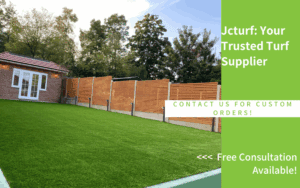
Learn how much artificial turf weighs, what affects it, and how to calculate total weight for your project. Ideal for homes, rooftops, and sports fields.
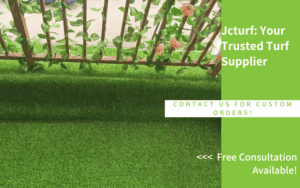
No — current research has not proven that artificial turf causes cancer. But concerns aren’t unfounded. Some low-quality products and certain infill materials, like crumb rubber from recycled tires, can contain chemicals linked to health risks if not properly tested. If you’ve ever worried about your child playing soccer on a synthetic field, or your
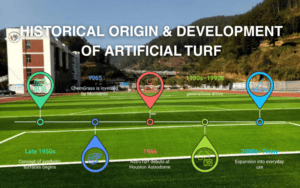
Artificial turf was officially invented in 1965 by James M. Faria and Robert T. Wright at Monsanto Industries. But the story goes beyond that single date — from early research in the 1950s to a game-changing debut in the Houston Astrodome, and a rebranding that turned ChemGrass into AstroTurf. In this article, we’ll explore how

Artificial turf fields may not grow like natural grass, but they still get watered — and for good reason. Light irrigation before a match helps lower surface temperatures, control dust and static, and fine-tune how the ball moves across the pitch. It’s a key part of modern match preparation, especially in high-performance environments. In this

Yes, artificial turf is permeable — but how well it drains depends on the product and how it’s installed. Most synthetic grass is designed with drainage holes in the backing that allow water to flow through, but not all turf drains the same way. Some handle heavy rain or pet use with ease, while others
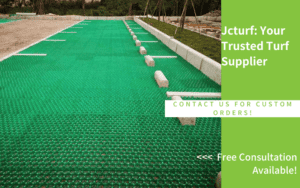
Yes, you can drive on artificial turf — but only under the right conditions. While synthetic grass can handle occasional vehicle traffic, not all turf is built for it, and using the wrong type can lead to damage, sinking, or costly repairs. In this article, we’ll help you understand when turf can safely support a
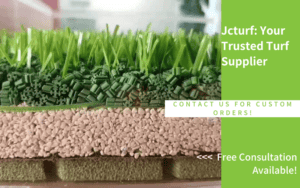
Turf infill is the layer of material — like sand, rubber, or organic particles — that sits between the blades of artificial grass. It may seem small, but it plays a big role in how turf looks, feels, and performs. In this guide, we’ll explain why turf infill is more than just filler — it’s

Yes—artificial turf does get hot, often much hotter than natural grass. On sunny days, surface temperatures can climb above 150°F (65°C), creating risks for bare feet, pets, and athletes. But how hot it gets—and what you can do about it—depends on the turf’s materials, design, and environment. In this guide, we’ll explain why artificial grass
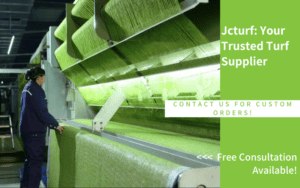
What goes into artificial turf isn’t always obvious—but it matters more than you think. While many see turf as just “green plastic,” the reality is a complex, multi-stage process that transforms raw polymers into a high-performance surface. In this guide, we break down every key stage of turf manufacturing—from the materials it’s made of, to
WhatsApp us